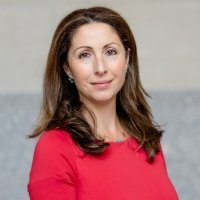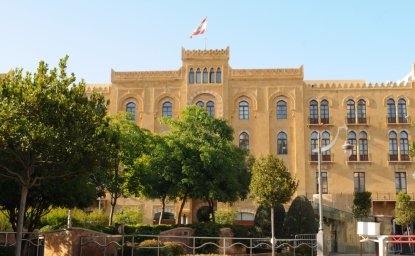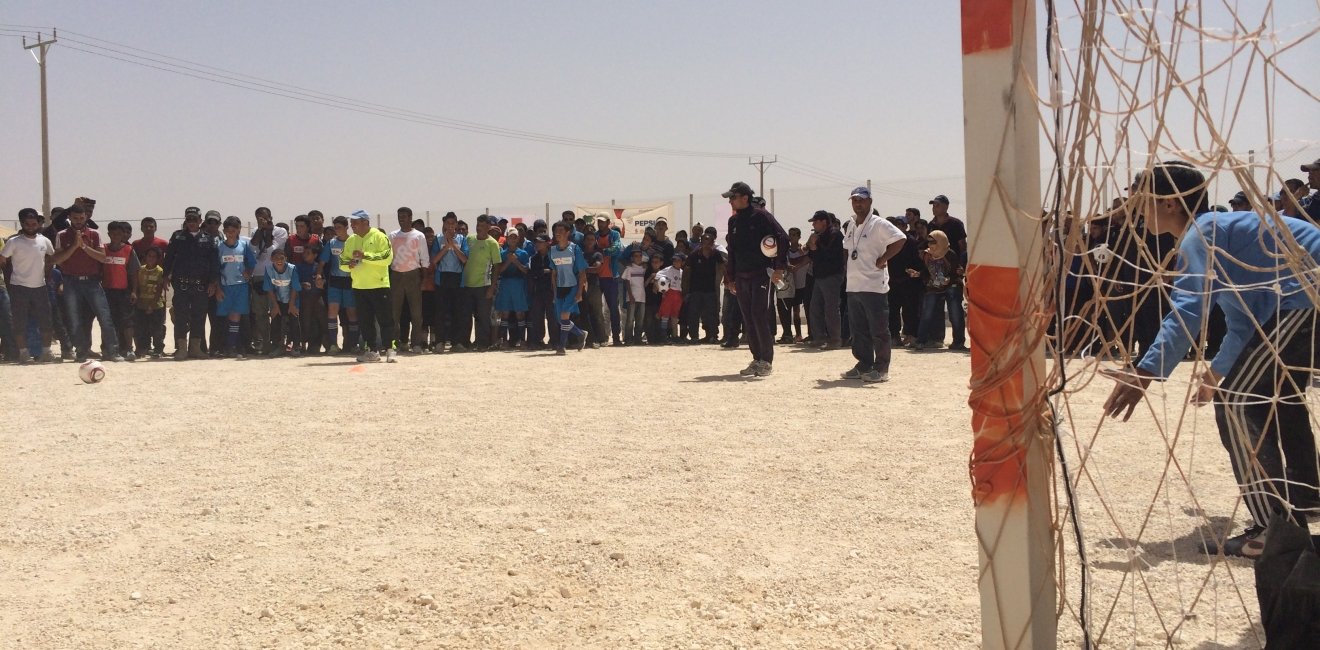
A blog of the Middle East Women's Initiative
In 2013, I served on the advisory board of a local NGO in my hometown of Amman, Jordan that supported a combination of educational and football (soccer) programs for disadvantaged children in the country and elsewhere in the MENA region. The focus of these programs that year had been towns and villages in Northern Jordan, which host the majority of Syrian refugees. According to Jordanian official figures, there are more than a million Syrians in Jordan. UNHCR figures consider only the number of registered refugees, a little over 740,000 people, 50 percent of whom are children.
Football was not a tool to distract these children. It was a tool to bring children of various backgrounds together, engage them in social and cognitive play and instill the values of the sport: inclusion, respect, and fairness. For many of these children, Syrians but also Jordanians, there were no such opportunities in their neighborhoods: no infrastructure for communal gatherings or sports, no coaches and in some cases no equipment; not even a football.
For the Syrian children in particular, riding the bus to the football pitch for these programs was a reminder of their arduous displacement from their hometowns in Syria to neighboring Jordan.
For the Syrian children in particular, riding the bus to the football pitch for these programs was a reminder of their arduous displacement from their hometowns in Syria to neighboring Jordan. I recall one Syrian child telling his coach on the first day of the program, which happened to be June 20th marking World Refugee Day, that this is the first time he had hopped on a bus to go to a playground rather than a place of refuge or a fenced camp. This Syrian child’s innocent comment was a jarring wake-up call to the hollowness of displacement; how it robs children of their basic rights and of their innocence. I remember thinking how inadequate our programming was at the time in providing only periodic opportunities for Syrian kids to get a taste of childhood.
Left Behind
Overtime, more and more local and international NGOs led their own educational, sports and arts programs inside and outside the camps (more than 80 percent of Syrians reside outside of camps in Jordan). However, today, this Syrian child’s story still encapsulates the experience of many Syrian refugee children in Jordan, Lebanon, Turkey as well as those internally displaced in Syria and other refugee children from Iraq, Libya, and Yemen. According to a 2019 UNHCR report, for example, of the 7 million plus refugee children of school age worldwide, 3.7 million (more than half) are out of school. This report had also warned how access to education becomes more and more difficult for refugees as they grow older. The world average for completion of secondary education is at 80 percent while for refugees it is 24 percent.
This challenge remains even more dire in the wake of the COVID-19 pandemic, which not only added socioeconomic pressures on Syrian families but also exacerbated access to education.
This challenge remains even more dire in the wake of the COVID-19 pandemic, which not only added socioeconomic pressures on Syrian families but also exacerbated access to education. Even in host countries which, at a minimum, managed to move instruction online, the digital divide amongst Syrian refugee populations emerged as a stark reminder that even more Syrian children have lost yet another chance to learn. For example, in Jordan where the government aired educational classes on TV, some Syrian refugee families had to share one TV or one smart phone through which their classes were streamed live. According to UNHCR, 23 percent of Syrian refugees in Jordan “have no internet access at home” and 46 percent of those surveyed said “their children were not accessing the government’s online learning platform” that was established during the COVID-19 pandemic.
Bound Together
The education crisis that the global pandemic has exacerbated for Syrian refugee children has also affected local host communities. In Lebanon, the avalanche of crises from the financial to the political to COVID-19 and the Beirut port explosion has “pushed hundreds of thousands of Syrians” as well as Lebanese “deeper into poverty, heightening risks of (school) dropouts, child labor, and child marriage.” Further, a recent Save the Children report noted that “more than 1.2 million children in Lebanon have been out of school” since the start of the pandemic. During the pandemic year, Lebanese children received “an estimated maximum of 11 weeks of education, with an even lower number of weeks in schools for Syrian children.”
In Jordan, while a UNICEF report in December 2020 showcased a steady number of Jordanian children out of school, the shift to online education due to the pandemic has certainly taken its toll, further highlighting the local digital divide amongst Jordanians. According to the Organization for Economic Cooperation and Development (OECD), more than 16 percent of students in Jordan lacked internet access, and a third of 15-year-olds said they “didn't have a computer that can be used for schoolwork.” These figures stand almost 20 percent below the global average according to OECD.
Syrian refugees, especially children, will always face more obstacles and have more limited opportunities for learning in host countries in the region.
This data elevates yet another crucial and bitter reality about the refugee question in the Middle East: Syrians fleeing with only the clothes on their back ten years ago did not cross over to Sweden or Germany or to the United States. They fled to save their families and children to neighboring countries that have their own socioeconomic and political challenges. Many of the small towns in Northern Jordan where Syrians resettled are destitute, have poor public services, lack of employment opportunities, and possess meager educational infrastructure.
Syrian refugees, especially children, will always face more obstacles and have more limited opportunities for learning in host countries in the region. However, their present and their future is closely intertwined with their local host communities, especially in the challenges they face. A Jordanian child in one of these football festivals he joined with Syrian children of the same age complained how he did not get a backpack like the ones Syrian children wore on their way to school. “I wish I were a refugee,” he mumbled as he was told why he did not get a school bag. This child certainly does not know the horror of displacement. Had he known, he would have taken his words back. But his comment serves as a reminder to all actors on local, regional and international levels, working to address the refugee question in the Middle East that host communities should not be forgotten as this crisis has impacted them too. Both communities are bound together; reinforcing the importance of durable solutions as the only path to address the displacement challenge in the region and beyond.
Author


Middle East Program
The Wilson Center’s Middle East Program serves as a crucial resource for the policymaking community and beyond, providing analyses and research that helps inform US foreign policymaking, stimulates public debate, and expands knowledge about issues in the wider Middle East and North Africa (MENA) region. Read more

Explore More in Enheduanna
Browse Enheduanna
Women are the Catalysts for Change in Lebanon

How Education Can Empower Young Women in MENA


